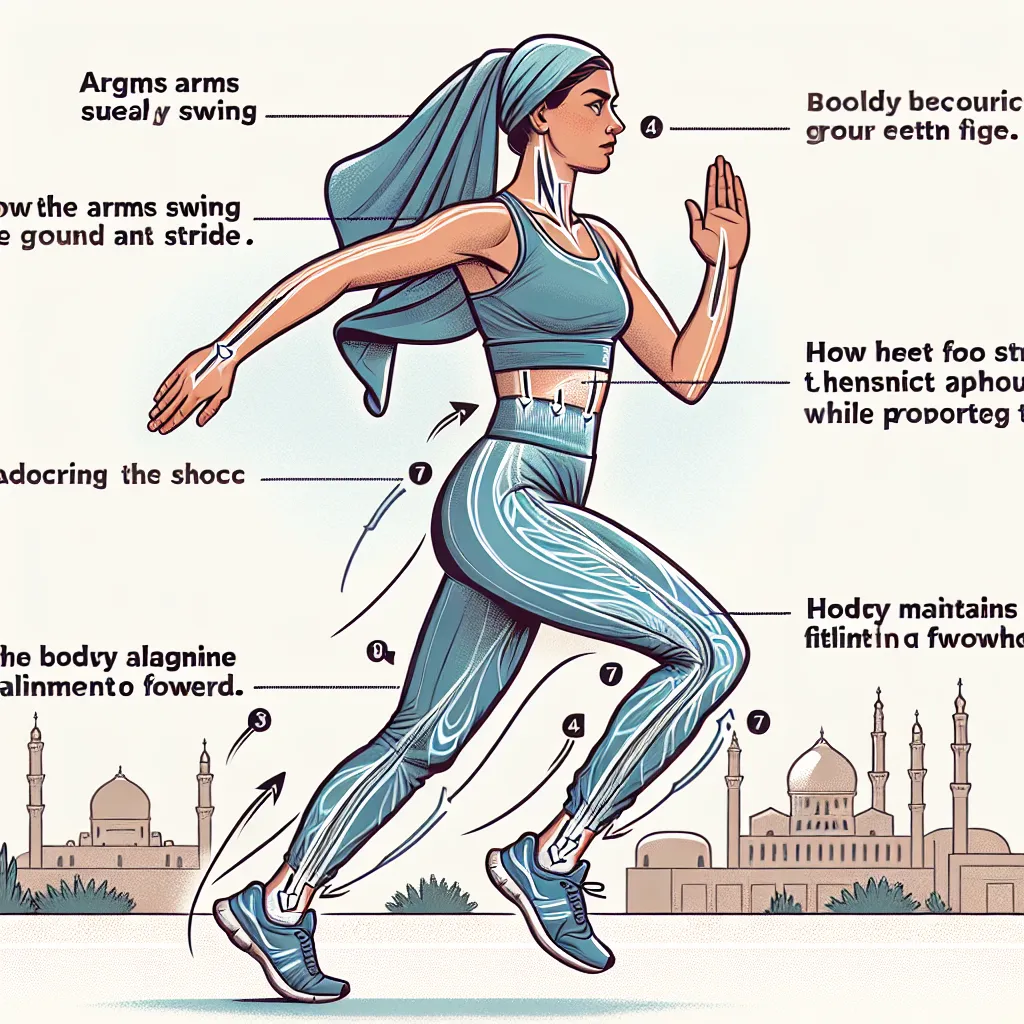Running form is a crucial aspect of athletic performance that IELTS candidates should be familiar with, especially those interested in sports-related topics. Let’s explore this term and its related vocabulary to enhance your IELTS preparation.
Nội dung bài viết
Definition and Pronunciation
Running form (noun) /ˈrʌnɪŋ fɔːm/: The technique and posture a runner adopts while in motion, which affects efficiency, speed, and injury prevention.

Context and Usage
Examples in Context
-
Proper running form can significantly improve your race times and reduce the risk of injury.
- In this sentence, “running form” refers to the correct technique that leads to better performance and safety.
-
The coach spent hours analyzing her athletes’ running form to identify areas for improvement.
- Here, “running form” is used to describe the specific aspects of running technique that can be studied and enhanced.
-
Many beginners neglect their running form, focusing solely on distance or speed.
- This example highlights the common mistake of overlooking technique in favor of other metrics.
-
Experienced runners often develop a natural, efficient running form through years of practice.
- The phrase is used to describe the ideal technique that comes with experience.
-
Wearable technology now allows runners to receive real-time feedback on their running form.
- This sentence showcases how modern technology can be used to assess and improve running technique.
Common Contexts
“Running form” is frequently discussed in sports science, athletics training, and fitness articles. It’s also relevant in medical contexts, particularly in sports medicine and physical therapy. In the IELTS exam, you might encounter this term in Reading passages about sports performance, health, or technology in athletics.
Vocabulary Analysis
Word Structure
- Running (present participle of “run”)
- Form (noun, indicating shape or structure)
Synonyms and Antonyms
Synonyms:
- Running technique /ˈrʌnɪŋ tekˈniːk/
- Running posture /ˈrʌnɪŋ ˈpɒstʃə/
- Running mechanics /ˈrʌnɪŋ mɪˈkænɪks/
Antonyms:
- Poor running style /pʊə ˈrʌnɪŋ staɪl/
- Inefficient gait /ˌɪnɪˈfɪʃnt geɪt/
Memorization Techniques
Mind Map
Create a mind map with “Running Form” at the center, branching out to related concepts:
- Posture
- Foot strike
- Arm swing
- Cadence
- Breathing
Visualization
Imagine yourself running with perfect form, focusing on each aspect of your technique. This mental imagery can help reinforce the concept and its components.
Practice Exercises
-
Write a paragraph describing the importance of good running form in marathon preparation.
-
Create five sentences using “running form” and its synonyms in different contexts.
-
Analyze a professional runner’s technique and describe their running form using the vocabulary learned.
Conclusion
Understanding “running form” and its related vocabulary is essential for IELTS candidates, particularly those interested in sports and fitness topics. By mastering this term, you’ll be better equipped to discuss athletic performance, training techniques, and injury prevention in your IELTS Speaking and Writing tasks.
Remember to practice using this vocabulary in context regularly. If you have any questions about “running form” or how to use it in your IELTS preparation, feel free to ask in the comments below!
To further enhance your IELTS vocabulary, you might also be interested in learning about running economy and stride frequency, which are closely related to running form and performance.